Former Pasir Panjang English School, NatSteel pavilion and 20 Turf City buildings to be conserved
Singapore will continue to balance its development needs with greenery and heritage considerations, says National Development Minister Chee Hong Tat.
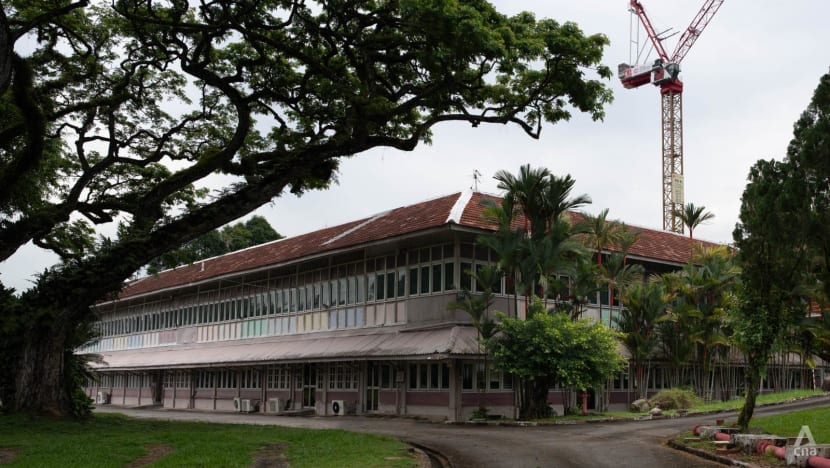
The former Pasir Panjang English School located at 24 Yew Siang Road, on Jun 23, 2025. (Photo: CNA/Faith Ho)

This audio is generated by an AI tool.
SINGAPORE: The former Pasir Panjang English School, the NatSteel pavilion in Jurong and 20 buildings at Bukit Timah's Turf City will be conserved under the country's latest land use master plan.
This expands on an earlier list of five sites announced in May – including the Singapore Badminton Hall and Jurong Hill Tower – that were earmarked for conservation by the Urban Redevelopment Authority (URA).
“We will continue to incorporate greenery and heritage considerations into our planning processes, and balance these carefully with developmental needs,” National Development Minister Chee Hong Tat said at the launch of an exhibition for URA’s Draft Master Plan 2025 on Wednesday (Jun 25).
URA said it has developed a new thematic framework to guide conservation efforts, aligned with four key aspects of Singapore's post-independence growth – economy, housing, social and defence.
The former Pasir Panjang English School and buildings at Turf City fall under the “social” theme, while the NatSteel Steel Pavilion represents Singapore’s early industrialisation under the “economy” theme.
“This thematic framework will support the identification of selected sites that represent Singapore’s history and development over the past 60 years,” said the country’s urban planning agency.
Heritage enthusiast and author Jerome Lim said conservation efforts have thus far focused on buildings associated with Singapore's colonial past.
Hence, it is important to look beyond that to also retain those built in the pre- and post-independence period, he added, citing the NatSteel pavilion as an example.
"To me, they are the building blocks of our nation, something that helps us to reflect (on) our achievements, to help us look at how we've grown as a nation," said the heritage blogger behind the site, The Long and Winding Road.
FORMER PASIR PANJANG ENGLISH SCHOOL
The former Pasir Panjang English School, located along Yew Siang Road, was established in January 1933 as an all-boys school. In 1936, it was selected – along with two other government schools – to pilot co-educational classes.
It also served as a registration centre for emergency evacuees before the outbreak of World War II in December 1941. The school buildings were damaged in the war and reconstruction efforts began in November 1947.
The school eventually closed in 1986 and was used as a drug rehabilitation centre between 1999 and 2024.
According to URA, the school remains a strong identity marker for residents in the area and represents a rare example of standardised school buildings constructed with timber during the 1920s and 1930s. The main building features a largely intact U-shaped classroom block, complete with a pitched tile roof and overhanging eaves.
The agency said the proposed conservation of the school would commemorate a milestone in Singapore's educational development.
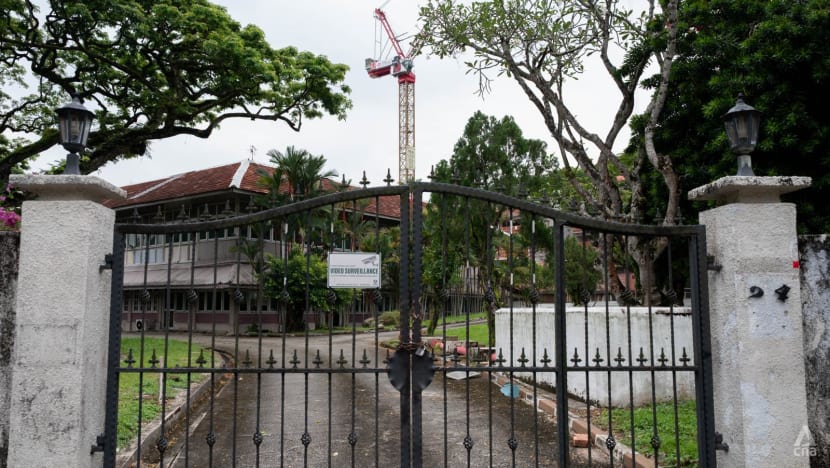
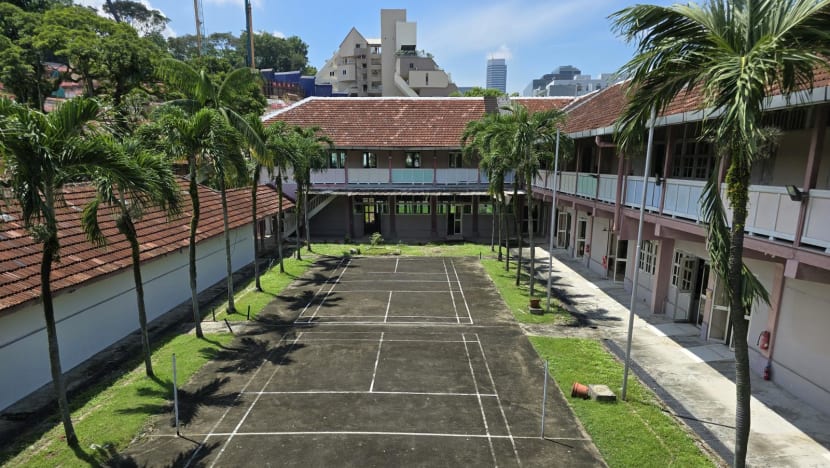
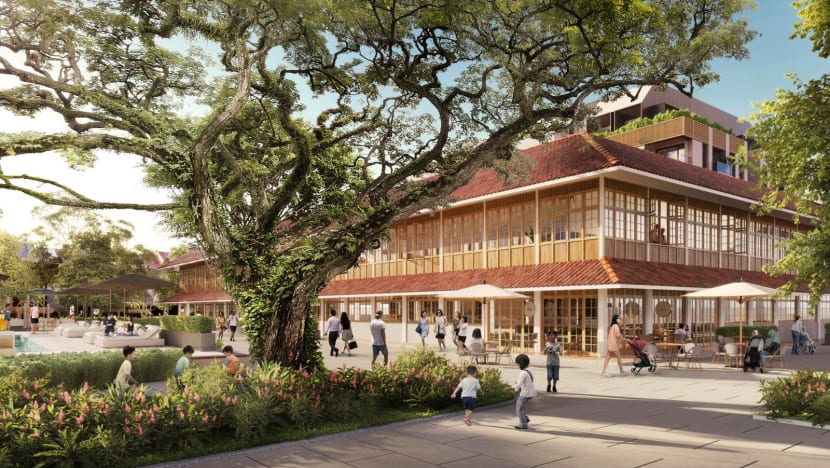
NATSTEEL PAVILION
NatSteel, located at Tanjong Kling Road, traces its origins to the early 1960s when it operated under the name National Iron and Steel Mills. It was the first heavy industry factory to be built in Jurong Industrial Estate.
The original foundation stone for the mills, laid by then-Finance Minister Goh Keng Swee in 1962, can still be found near the entrance of its Steel Pavilion.
Officially opened in January 1964, the firm played a vital role in Singapore’s early industrialisation efforts, supplying steel for the Housing and Development Board’s first-generation public housing, the MRT system and the construction of Changi Airport.
Its main two-storey office building, including the Steel Pavilion, was designed by the Malayan Architects Co-partnership, one of Singapore’s pioneering architectural firms responsible for some of the country’s most iconic buildings such as the Singapore Conference Hall and Trade Union House.
The pavilion features steel-framed glass windows and exposed fair-faced brick walls, as well as a curved umbrella-shaped steel roof structure that URA described as an engineering feat of its time.
Over the years, the firm diversified into other businesses alongside changes in ownership. Today, NatSteel is owned by Toptip Holding, a Singapore-based steel and iron ore trading firm.

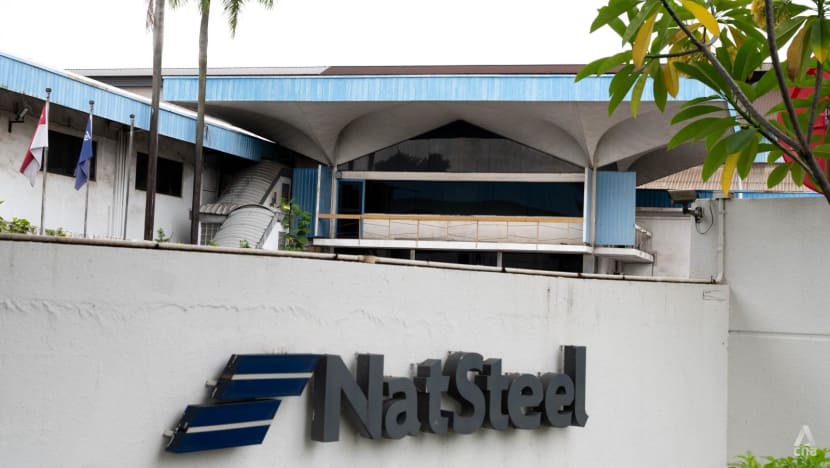
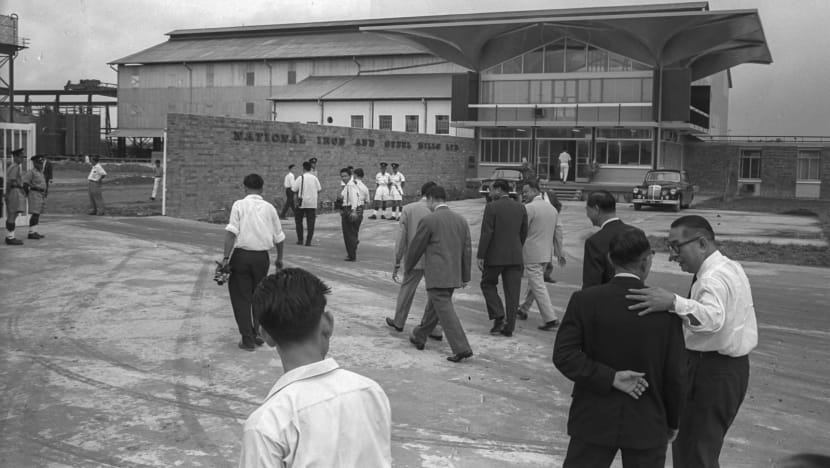
20 BUILDINGS AT BUKIT TIMAH TURF CITY
Turf City in Bukit Timah was formerly home to Singapore’s second racecourse from 1933 to 1999 and a popular horseracing venue, before the Singapore Turf Club's (STC) relocation to Kranji.
The site later served as a recreational and commercial hub, with spaces leased out for lifestyle and recreational uses until the end of 2023.
URA has announced plans to develop a new housing estate in the area with 15,000 to 20,000 public and private homes over the next 20 to 30 years.
The authority has proposed to conserve both the north and south grandstands. Twenty other buildings across different clusters, building types, ages and architectural styles are now being considered for conservation, given their different representations of the site’s history.
These include the Fairways Quarters and Community Centre at 53 Fairways Drive, buildings at 192, 198 and 232 Turf Club Road which once housed Turf Club management and their families, the former Bukit Timah Saddle Club clubhouse at 51 Fairways Drive and the nearby two-storey Fairways Bungalow, as well as the Dunearn Water Depot located at 752 Dunearn Road.
“Repurposing these selected buildings as part of the future housing estate will create a distinctive environment for future residents and communities,” URA said.
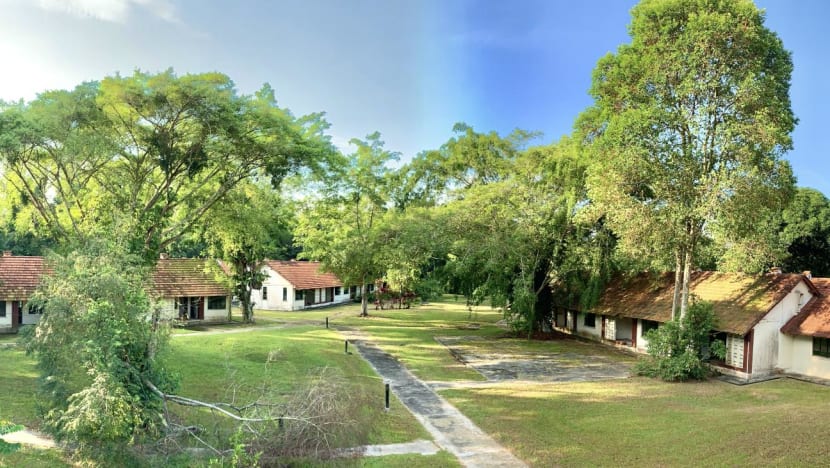

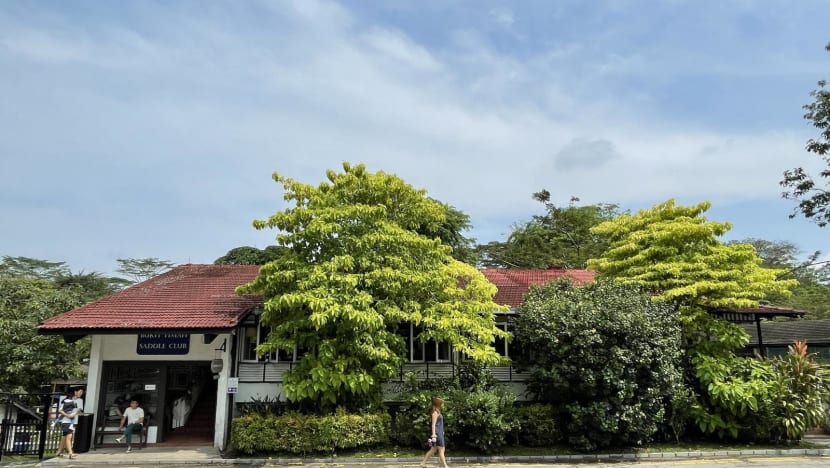
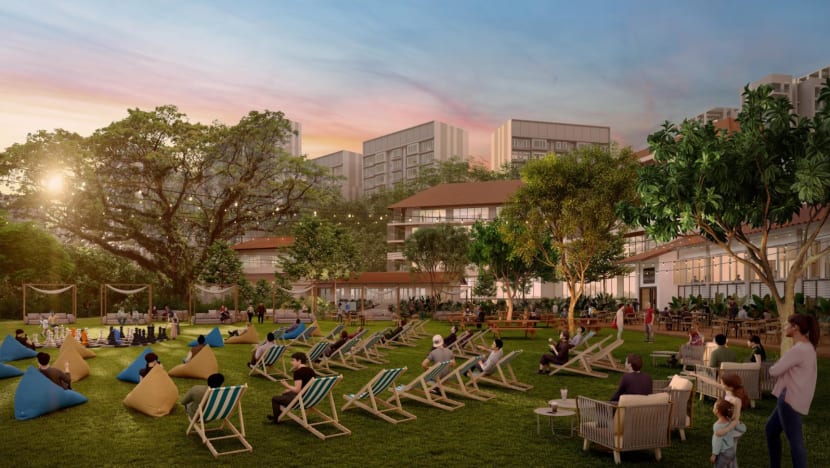

TACKLING CLIMATE CHANGE
The draft master plan is a statutory land use plan that guides Singapore’s development for the next 10 to 15 years and is reviewed every five years.
It also outlines Singapore's strategies to address climate change, such as the “Long island” project to guard against rising sea levels, enhance water security and create new land for future generations. The plan involves reclaiming about 800 hectares of land, with a reservoir in between.
Environmental and engineering studies for the project began in early 2024, and site investigation works in the waters off East Coast Park will start in July this year to examine seabed and geological conditions.
Singapore is also looking underground to optimise land use.
Mr Chee cited the Jurong Rock Caverns, a massive underground oil storage facility that opened in 2014, as an example. Located 150m beneath Jurong Island, the facility can store up to 1.47 million cubic metres of oil products and has freed up about 60 hectares of land, or the equivalent of 70 football fields.
“Looking ahead, we are exploring underground uses in places like Gali Batu for construction materials storage, and supporting more research and development to unlock new possibilities for future underground developments,” the minister said.
At the same time, Singapore is looking at vertical intensification to optimise space. The potential relaxation of building height limits near airports could unlock new opportunities, which the authorities will study in tandem with infrastructure capacity and urban design considerations, said Mr Chee.



















